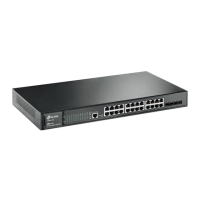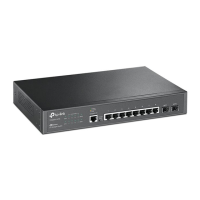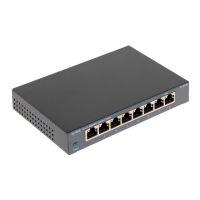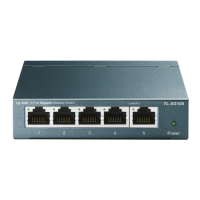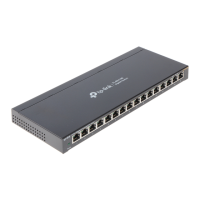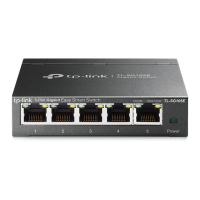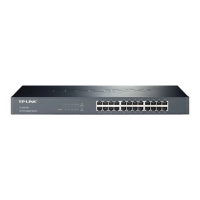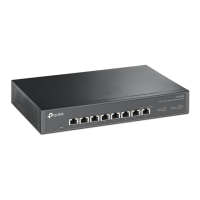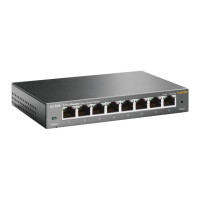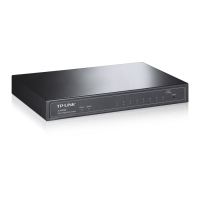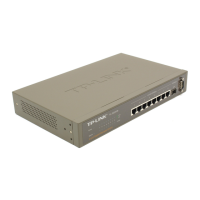User Guide 606
Configuring ARP Overview
Figure 1-1 Proxy ARP Application
192.168.2.10/16 192.168.3.20/16
VLAN Interfacce 2
192.168.2.1/24
VLAN Interfacce 3
192.168.3.1/24
Local Proxy ARP
Local Proxy ARP is similar with Proxy ARP. As shown below, two hosts are in the same VLAN
and connected to VLAN interface 1, but port 1/0/1 and port 1/0/2 are isolated on Layer 2.
In this case, both of the hosts cannot receive each other’s ARP request. So they cannot
communicate with each other because they cannot learn each other’s MAC address using
ARP packets.
To solve this problem, you can enable Local Proxy ARP on the Layer 3 interface and the
interface will respond the ARP request sender with its own MAC address. After that, the
ARP request sender sends packets to the Layer 3 interface, and the interface forwards the
packets to the intended device.
Figure 1-2 Local Proxy ARP Application
VLAN 1
VLAN Interface 1
IP: 192.168.0.1/24
Port 1/0/1 Port 1/0/2
192.168.0.10/24192.168.0.20/24
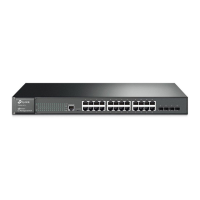
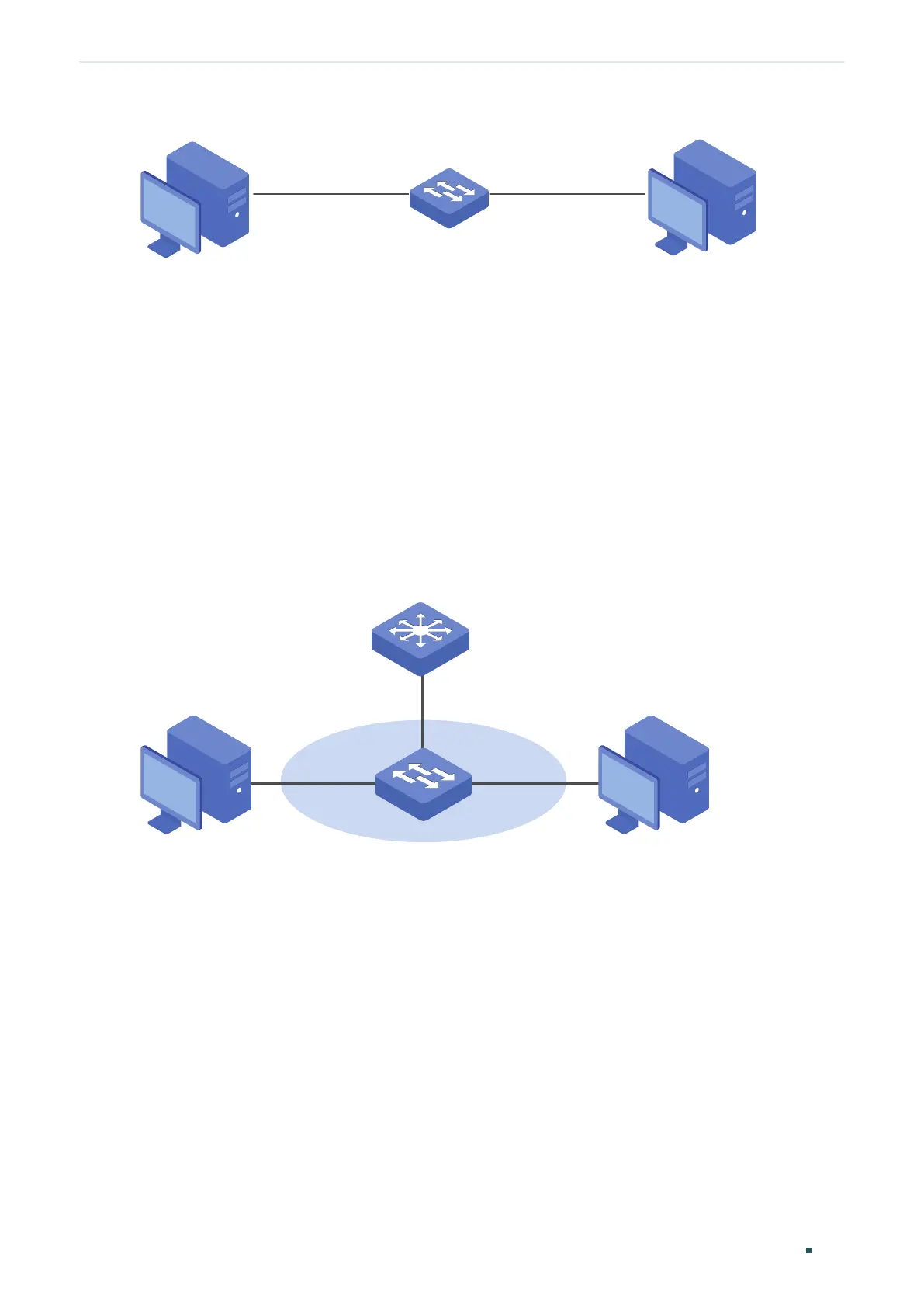